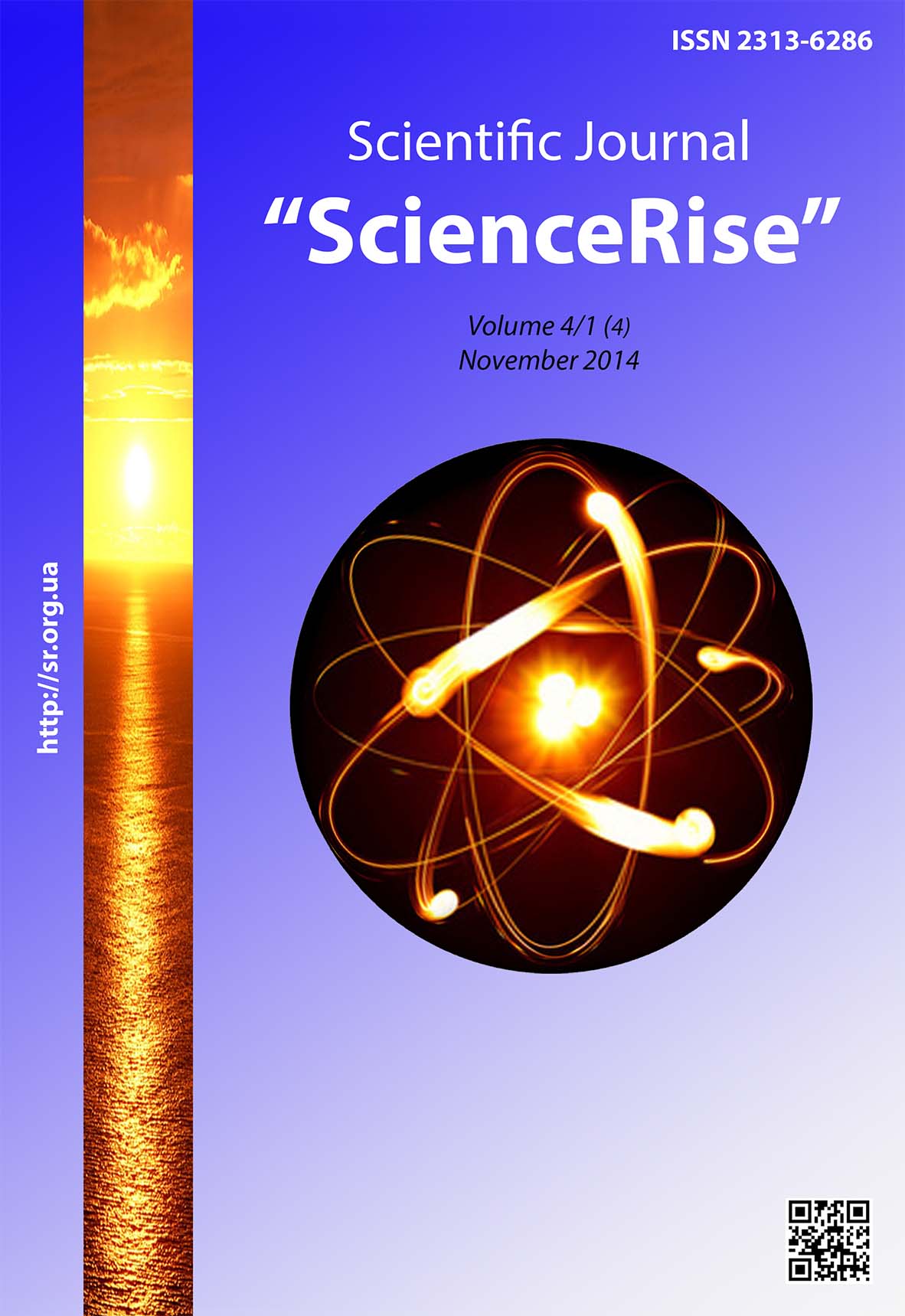Ориентировочный прогноз зимних температур в горном Крыму с учетом субоптимального набора факторов
DOI :
https://doi.org/10.15587/2313-8416.2014.28595Mots-clés :
прогнозирование, средние температуры зимнего сезона, Ай Петри, множественно-регрессионная модельRésumé
Предложена методика поиска факторов, использование которых в качестве аргументов множественно-регрессионной модели изменений средних температур приземного слоя атмосферы зимнего сезона в Горном Крыму, позволяет получить ориентировочные прогнозы данных характеристик, обладающие наибольшей точностью при упреждениях 1–4 года, при условии, что в будущем статистические связи между ними сохранятся неизменными. Разработан прогноз до 2020 года.
Références
1. Pozachenyuk, E. A. (2009). Modern Landscapes of Crimea and adjacent waters. Simferopol: Business Inform, 611.
2. Dymnikov V. P., Lykosov V. N., Volodin, E. M. (2005). Modeling climate and climate change. In "Modern Problems of Computational Mathematics and Mathematical Modeling." Moscow: Science, 2, 38–175.
3. Volodin, E. M., Diansky, N. A. (2003). The response of the coupled model of the general circulation of the atmosphere and the ocean on the increase in carbon dioxide. [Text]- Izvestiya, Atmospheric and Oceanic Physics, 39, 193–210.
4. Climate Change 2007 – Impacts, adaptation and vulnerability. Contribution of Working Group II to Assesment Report Four of the Intergovernmental Panes of Climate Change (IPCC) (2007). Cambridge Unsversity Press. Cambridge. UK, 973.
5. Aivazyan, S. A., Mkhitaryan, V. S. (1998). Applied Statistics and Econometrics bases. Unity, 1022.
6. Boks, J., Dzhenkins, G. (1974). Analysis of time series. Forecast and Control. Moscow: Miry, 197.
7. Barabanov, V. S. (2004). Global and regional climate variability. Development of Marine Science and Technology at the Marine hydrophysical institute for 75 years. - Sevastopol: MHI NASU, 442–468.
8. Fedorov, E. E. (1921). Influence of sunspots on the temperature and air pressure. Math. Main Physical Observatory. 3, 64–72.
9. Bogolepov, M. A. (1923). Perturbation of the climate and the life of the Earth, and the people. Berlin, 24.
10. Markov, K. K. (1949). On the connection between changes in solar activity and the Earth's climate. Questions geography. TH., 12, 15–26.
11. Predtechensky, P. P. (1948). Cyclicity in the oscillations of solar activity. Trudy GGO, 8 (70).
12. Shnitnikov, A. V. (1951). Variability of solar activity for the historical period on the basis of some of its earthly manifestations. Bulletin commission to study the sun, 7.
13. Eigenson, M. S. (1957). Essays physiographic manifestations of solar activity. Lviv, 252.
14. Eddy, J. A. (1976). The Maunder Minumum. Science, 192, 1189–1202.
15. Borisenkov, E. P. (1988). Climate variability over the last millennium. [Text]/ L. Gidrometeoizdat, 275.
16. Abdulsamatov, H. I. (2009). The sun dictates the Earth's climate. St. Petersburg. Logos, 197.
17. Mohanakumar, K. (2011). Interaction of the stratosphere and troposphere. Moscow. – FIZMATLIT, 451.
18. Monin, A. C. (1969). Climate as a problem of physics. Moscow: Science, 184.
19. Polonsky, A. B. (2008). The role of the ocean in climate change. Kiev. Naukova Dumka, 184.
20. Lipinski, V. M., Dyachuk, V. A., Babichyenko, V. M. (Ed.) (2003). Climate of Ukraine. Kiev: Rayevskogo Publishers, 343.
21. Enfield, D. B., Mestas-Nunez, A. M., Trimble, P. J. (2001). The Atlantic multidecadal oscillation and it's relation to rainfall and river flows in the continental U.S. Geophysical Research Letters, 28 (10), 2077–2080. doi: 10.1029/2000gl012745
22. Database Index AMO. Available at: http://www.aoml.noaa.gov/phod/amo fag.php
23. Database result reanalysis surface temperature of the oceans. Available at: http://wxweb.meteostar.com/SST/index.shtml?point=730
24. Database Wolf numbers. Available at: http:///www.tituempo.net/climate/.html
25. Database of changes in average concentrations of carbon dioxide in the atmosphere. Available at: http://www.iiasa.ac.at/web-apps/tnt/RcpDb".
26. Meinshausen, M., Smith, S. J., Calvin, K. V., Daniel, J. S., Kainuma, M. L. T., Lamarque, J.-F., Matsumoto, K., Montzka, S. A., Raper, S. C. B., Riahi, K., Thomson, A. M., Velders, G. J. M., van Vuuren, D. (2011). The RCP Greenhouse Gas Concentrations and their Extension from 1765 to 2300.. Climatic Change (Special Issue). Available at: http://www.gao.spb.ru/database/esai.html doi: 10.1007/s10584-011-0156-z
27. Zipkin, J. Z. (1968). Adaptation and learning in automatic systems. Moscow: Science, 400.
Téléchargements
Publié-e
Numéro
Rubrique
Licence
(c) Tous droits réservés Александр Вадимович Холопцев 2014

Cette œuvre est sous licence Creative Commons Attribution 4.0 International.
Our journal abides by the Creative Commons CC BY copyright rights and permissions for open access journals.
Authors, who are published in this journal, agree to the following conditions:
1. The authors reserve the right to authorship of the work and pass the first publication right of this work to the journal under the terms of a Creative Commons CC BY, which allows others to freely distribute the published research with the obligatory reference to the authors of the original work and the first publication of the work in this journal.
2. The authors have the right to conclude separate supplement agreements that relate to non-exclusive work distribution in the form in which it has been published by the journal (for example, to upload the work to the online storage of the journal or publish it as part of a monograph), provided that the reference to the first publication of the work in this journal is included.

